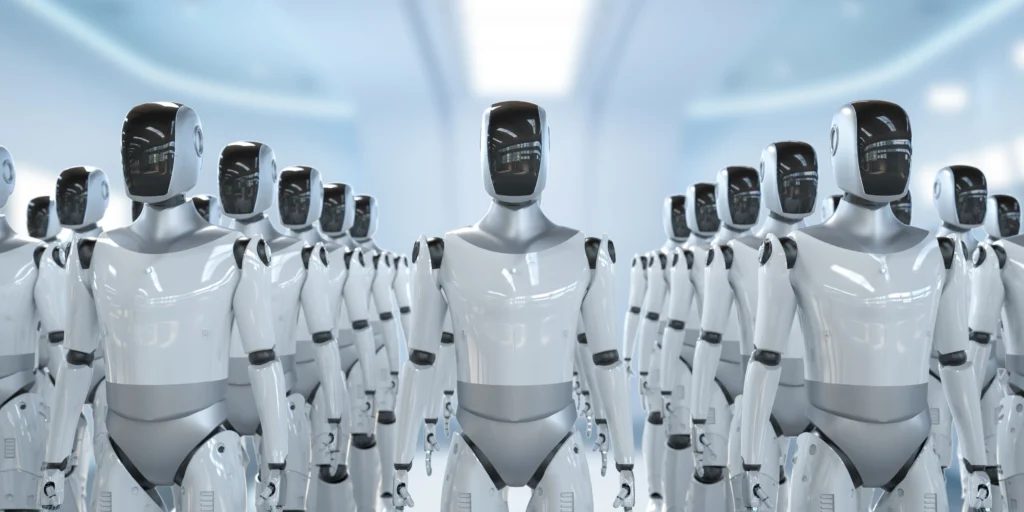Why This Matters
The climate emergency is one of the defining challenges of our century. Extreme weather events, rising sea levels, and biodiversity loss are accelerating at a rate that demands urgent action. At the same time, global greenhouse gas emissions reached 36.8 billion metric tons in 2023 (IEA, 2024).
Artificial intelligence is now entering the fight. From optimising renewable energy grids to tracking deforestation, AI is being deployed as a tool to predict, mitigate, and adapt to climate change. But can algorithms really shift the trajectory of our planet’s future?
How AI Meets Climate Action
AI is already woven into several areas of climate strategy:
- Energy Efficiency: Google’s DeepMind reduced cooling costs in its data centres by 40% using AI optimisation.
- Renewables Forecasting: AI models predict solar and wind energy outputs with greater accuracy, helping balance power grids.
- Climate Modelling: Supercomputing and AI accelerate simulations, producing high-resolution climate forecasts faster.
- Wildlife & Deforestation Monitoring: Satellites paired with AI detect illegal logging and poaching in near real-time.
Real-World Applications
- Smart Grids: AI helps integrate variable renewables into national grids, cutting reliance on fossil fuels.
- Agriculture: Machine learning guides precision farming-optimising irrigation, reducing fertiliser use, and boosting yields.
- Disaster Prediction: AI-enhanced models forecast floods, hurricanes, and wildfires with increasing accuracy, saving lives and resources.
- Carbon Tracking: AI-powered tools monitor corporate emissions, aiding compliance with stricter ESG regulations.
Benefits
- Speed: AI processes vast datasets faster than human researchers.
- Accuracy: Enhanced modelling reduces uncertainty in climate predictions.
- Scalability: AI tools can be rolled out across industries worldwide.
- Cost Savings: Efficiency gains in energy, agriculture, and logistics translate into economic and environmental wins.
Challenges & Ethics
- Carbon Footprint of AI: Training a single large AI model can emit as much CO₂ as five cars over their lifetimes (University of Massachusetts, 2019).
- Data Gaps: AI is only as good as the data it receives – many regions lack robust climate data.
- Equity: Will AI climate tools reach developing nations most vulnerable to climate change?
- Governance: There is no universal framework to regulate AI’s use in environmental decision-making.
Outlook
According to PwC, AI applications in climate action could help reduce 4% of global greenhouse gas emissions by 2030 -equivalent to the annual emissions of Australia, Canada, and Japan combined.
Still, AI is not a silver bullet. It must operate alongside political will, systemic reform, and global cooperation. As António Guterres, UN Secretary-General, stated: “Technology can help us, but only humanity can save humanity.”
Practical Takeaways
- Policy Makers: Invest in AI-driven renewable energy forecasting to strengthen grid resilience.
- Businesses: Adopt AI tools for carbon tracking and supply chain optimisation.
- Researchers: Focus on low-carbon AI models to reduce training emissions.
- Individuals: Support open data initiatives—better datasets mean better AI outcomes.
Sources
- International Energy Agency (IEA), Global CO₂ Emissions Report 2024
- University of Massachusetts Amherst, AI Carbon Footprint Study
- PwC, How AI Can Enable a Sustainable Future 2025
- United Nations Climate Action Updates 2025








Leave a Reply